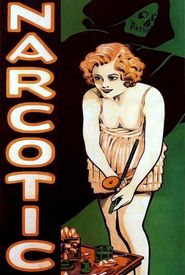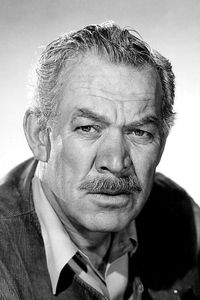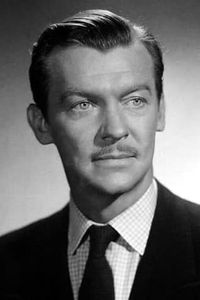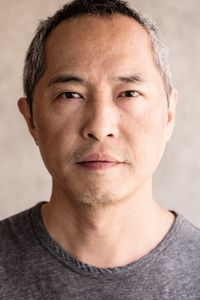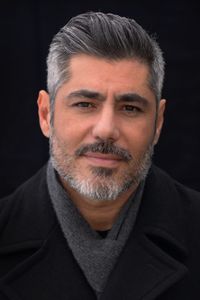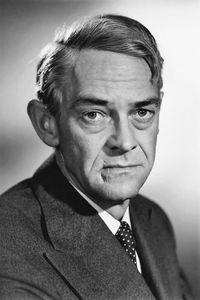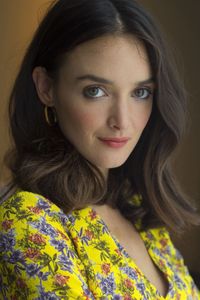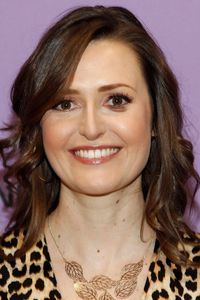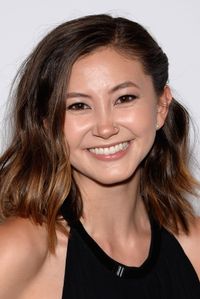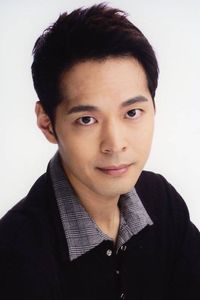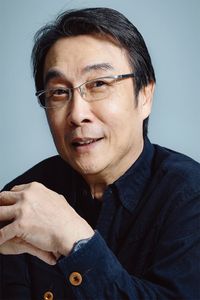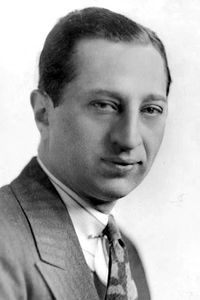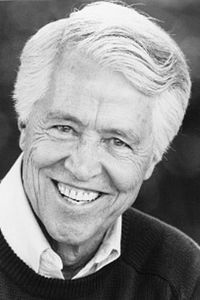Jeanne Gray McDonald's illustrious career was a true Hollywood story. Born Jeanne Murphy on September 10, 1913, she was the eldest of five children, growing up in Old Hollywood during the 1920s. The legendary era of Hollywood glamour and silent movies left a lasting impression on her childhood memories.
Jeanne's father worked as a lighting technician at the Charlie Chaplin Studios, and she would often bring him lunch and hang around to catch a glimpse of Charlie Chaplin preparing for a scene. During the Depression, her parents couldn't afford to take all five children to the movies, so only one child could go. Jeanne, the lucky one, was it, but then she had to perform and re-enact all the actors' roles so her family could also enjoy the one great escape that movies offered.
It was during her youth that she developed her love of everything theatrical. She attended Hollywood High School, where she acted in school plays and worked at a "five-and-dime" store as a bookkeeper to help support her family. She also did some modeling and was "discovered" in 1930, beginning to audition for and get small parts in films. Using the stage name of "Jean Lacy" from ages 18-20, she transformed herself into the archetypal "good girl" blonde starlet.
Jeanne was cast in a number of short, independent features, "film-noie" thrillers, two-reel comedies for Mack Sennett and Hal Roach, and two-reelers for Warner Brothers and RKO Pictures. In 1935, Jeanne moved to New York, attending Columbia University, the National Academy of Dramatic Arts, and The Juilliard School of Music. She acted in New York theater, singing in the "George White Scandals" revue and dancing in the chorus line of Broadway musicals with Betty Grable.
During World War II, Jeanne was a star vocalist performing in Manhattan's elegant and elite nightclubs, such as The Monte Carlo, Pierre Roof, and The Stork Club. She sang at the historic Stage Door Canteen, started by Broadway performers in 1942 as a tribute to young servicemen on their way to war.
Returning to Los Angeles in 1945, Jeanne wrote, produced, directed, and hosted the first women's radio program dedicated to female audiences and their interests, combining news, interviews, and applied psychology. An unheard-of idea at the time, since women didn't have a voice in anything, much less broadcast content, Jeanne later said, "I had a hard time trying to convince men to even use the name 'Women's Voice' for the program."
She prevailed by pitching her idea to Milliron's Department Store, a Los Angeles retailer interested in reaching targeted women shoppers, to sponsor her radio program. With a sponsor and financing in hand, she sold "The Women's Voice" format to KMPC, formerly known as "The Station of the Stars."
Due to Jeanne's popularity and success on the radio with "The Women's Voice," she was asked to develop and host a TV program in 1949. The new show, entitled "The Jeanne Gray Show," was an interview-style women's commentary program. The show aired five days a week for three years on both CBS-owned Los Angeles TV stations KTTV (Channel 11) and KNXT (Channel 2).
In 1950, Jeanne founded Radio and TV Women of Southern California, which is now known as American Women in Radio and Television. Jeanne was elected the first president of AWRT based on her accomplishments as an early pioneer in radio and TV, and as a leading advocate for women in broadcast during the late 1940s and early 1950s.
Her original inspiration and prophetic vision for the organization has continued on for 60 years. If women bond together as a united force, they can promote advancement and create positive change for women in the industry. The "Genii Award" was named in her honor as the first recipient, a play on her first name, as the plural version of "Genius," based on the mythological superior or divine nature of the guardian spirits that are innately present in every individual person, place, and thing.
She continued to write, produce, and host public service and documentary programs for TV throughout the late 1950s, including "The Speaker's Platform," "Hollywood is the World," and "The Fabulous Boulevard" (historic Wilshire Blvd). She was the West Coast Editor for the national "Home" show with Arlene Francis, an NBC prototype for TV magazines airing mornings following "Today" (1952).
Retiring from show business in the 1960s, Jeanne became active in civic organizations and founded the Women's Division of Freedoms Foundation at Valley Forge, a national organization sponsoring American history, heritage, rights, and responsibilities honoring outstanding students and teachers.
Jeanne's most cherished tribute remains the

